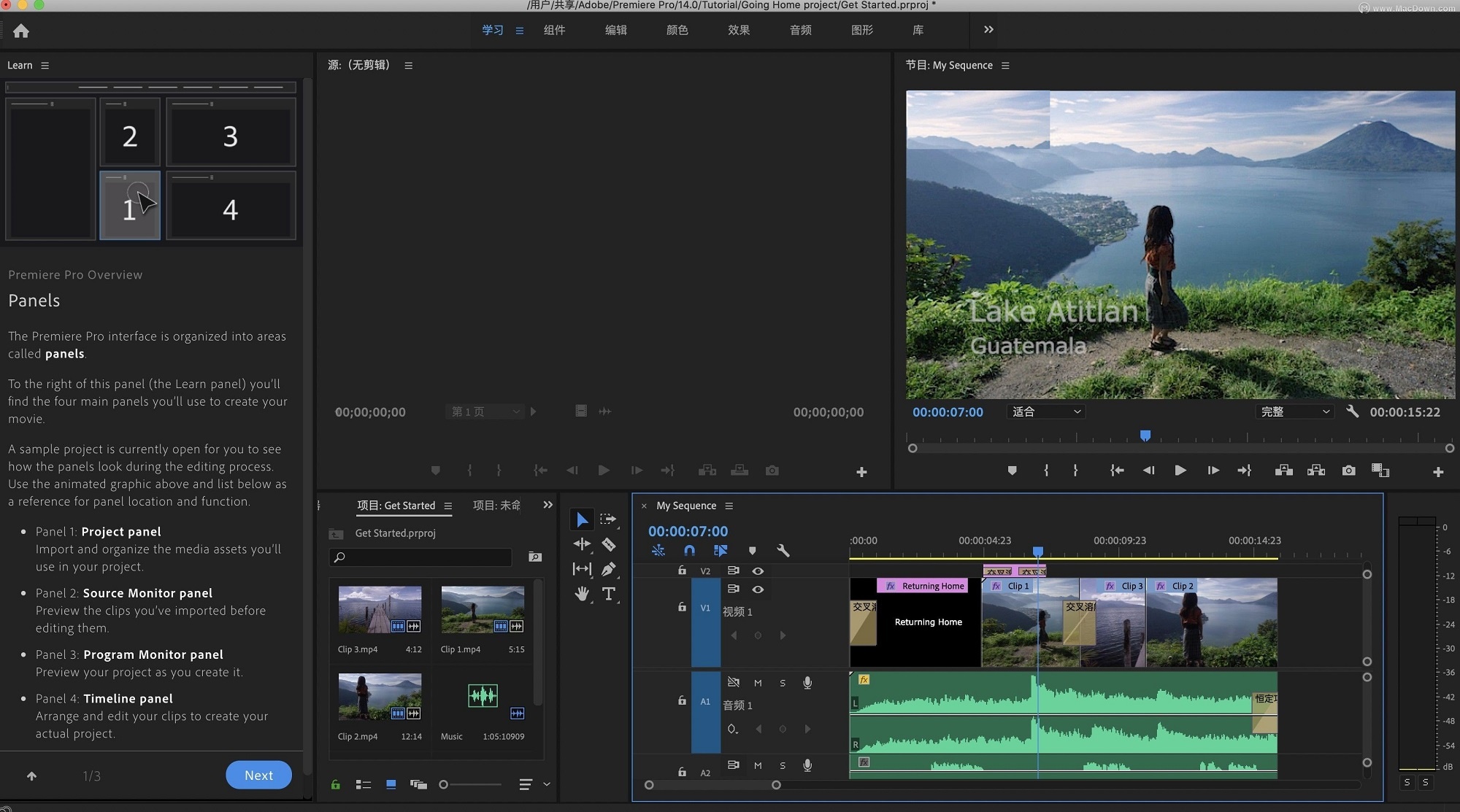



On the other hand, editing is a broad umbrella term that we will use to refer to the post-production that occurs after stitching. Stitching is a common term that involves merging the separate camera inputs into single viewable format. You can read our guide to stitching here.Īfter you have completed stitching your footage, you can now “edit” them in traditional video editing software like Adobe Premiere Pro CC. Before you start editing your footage, make sure you have stitched your footage.


 0 kommentar(er)
0 kommentar(er)
